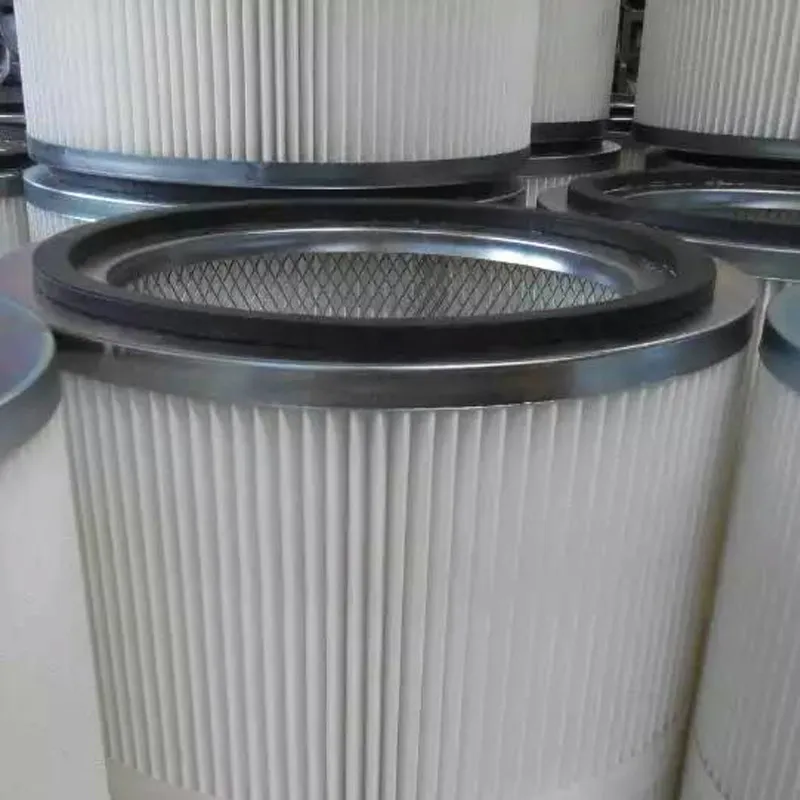 Tel:
+8618931101301
Tel:
+8618931101301
12 月 . 03, 2024 14:41 Back to list
High-Efficiency Silo Filter Cartridge for Enhanced Air Quality and Dust Control
Understanding Silo Filter Cartridges Importance, Functionality, and Applications
Silo filter cartridges play a critical role in maintaining air quality and productivity in various industrial processes. Primarily used in the storage and handling of bulk materials, these cartridges are designed to filter out dust and particulates, ensuring a clean and efficient operation. This article will explore the importance of silo filter cartridges, their functionality, and their applications across different industries.
Importance of Silo Filter Cartridges
In industrial settings, silos are frequently employed for storing granular materials like grains, cement, and other powders. During the process of filling and emptying these silos, significant amounts of dust can be generated. This dust not only poses health risks to workers but also leads to environmental pollution and product loss. Silo filter cartridges are essential to combat these challenges. They help maintain a safe atmosphere within the workplace by trapping harmful dust particles, which mitigates occupational health risks associated with respiratory issues.
Additionally, these cartridges help in preserving product quality. By filtering out contaminants, silo filter cartridges ensure that the materials stored and handled remain pure and free from unwanted particulates. This aspect is especially crucial in industries like food and pharmaceuticals, where product integrity is paramount.
Functionality of Silo Filter Cartridges
The design of silo filter cartridges is engineered to maximize filtration efficiency while minimizing maintenance requirements. Typically made from high-quality filtration media, these cartridges feature a pleated design that increases the surface area available for trapping dust particles. This pleating allows for a higher dust-holding capacity and longer service life compared to traditional filter designs.
When airborne dust enters the cartridge, it is captured by the porous media, preventing the contaminants from exiting the system. The cleaned air is then expelled back into the environment, ensuring that the operational processes remain unobstructed by dust clouds.
silo filter cartridge

Moreover, many modern silo filter cartridges are equipped with pulse jet cleaning systems. This feature periodically releases bursts of compressed air to clean the filter surfaces, dislodging accumulated dust particles and enhancing overall performance. Such automated cleaning mechanisms reduce downtime, minimize manual intervention, and ensure that the cartridges maintain optimal airflow and filtration efficiency.
Applications of Silo Filter Cartridges
Silo filter cartridges find applications across various industries. In agriculture, they are used to manage dust produced during the storage and movement of grains. By ensuring a clean storage environment, these cartridges help improve crop quality and reduce waste.
In the cement industry, silo filter cartridges prevent dust emissions during the loading and unloading of cement powders. This is not only crucial for regulatory compliance but also enhances the working conditions for employees by minimizing respiratory hazards.
The food industry also heavily relies on silo filter cartridges. They filter dust generated during the processing and storage of ingredients, ensuring that food products remain uncontaminated. The pharmaceutical sector similarly uses these cartridges to maintain stringent quality standards, preventing any foreign particles from compromising drug safety.
Conclusion
Silo filter cartridges are indispensable components in various industrial applications, serving as a frontline defense against dust emission and contamination. Their ability to enhance air quality and protect product integrity not only boosts operational efficiency but also promotes a safer working environment. Investing in high-quality silo filter cartridges can lead to significant long-term benefits, making them an essential element of modern industrial practice. As industries continue to evolve, the importance of such filtration solutions will only increase, underscoring the need for innovation and advancements in filtration technology.
-
How to choose a high-efficiency air filter? Here comes a professional guideNewsOct.21,2024
-
Air filter: multi-field application, protecting fresh airNewsOct.17,2024
-
Carbon air filter: a green guard to protect air qualityNewsOct.16,2024
-
Can activated carbon completely remove indoor odors and pollutants in air purification?NewsOct.14,2024
-
How to filter air efficiently and ensure indoor air quality?NewsOct.12,2024
-
Activated carbon filter: the invisible guard of clean water lifeNewsOct.11,2024

 Email:
Email:





